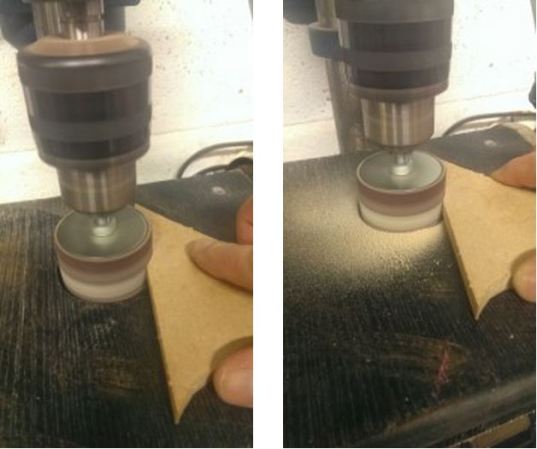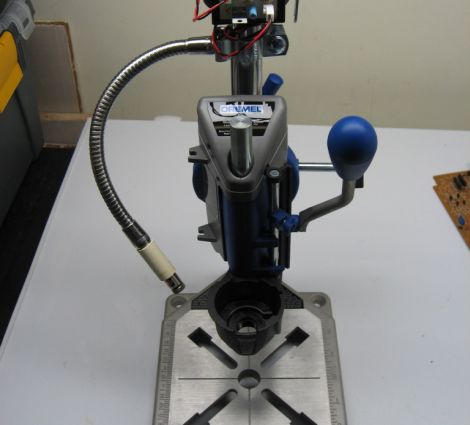
Drill presses are a staple tool of the typical garage — they aren’t too expensive and are indispensably useful — but have you ever thought of turning it into a spindle sander?
You can buy drum sander kits fairly cheap, but the problem is they’re really difficult to use and really messy too — you’ll have sawdust everywhere in no time. What [Carl’s] done here is created a wood box for his drill press with different size holes for each drum sander bit. By attaching a vacuum cleaner to the box, you can clean up your mess while you’re still doing the work.
Just a note — drill presses aren’t designed to take radial loads like a mill is. If you’re planning on doing some really heavy sanding, adding a bolt through the entire drum sander bit and then coupling it with a fixed bearing inside of your box might be a good idea.
It’s a pretty simple hack, but could save you an additional power tool, and space on your work bench! Have a drill but no drill press? No problem.




















